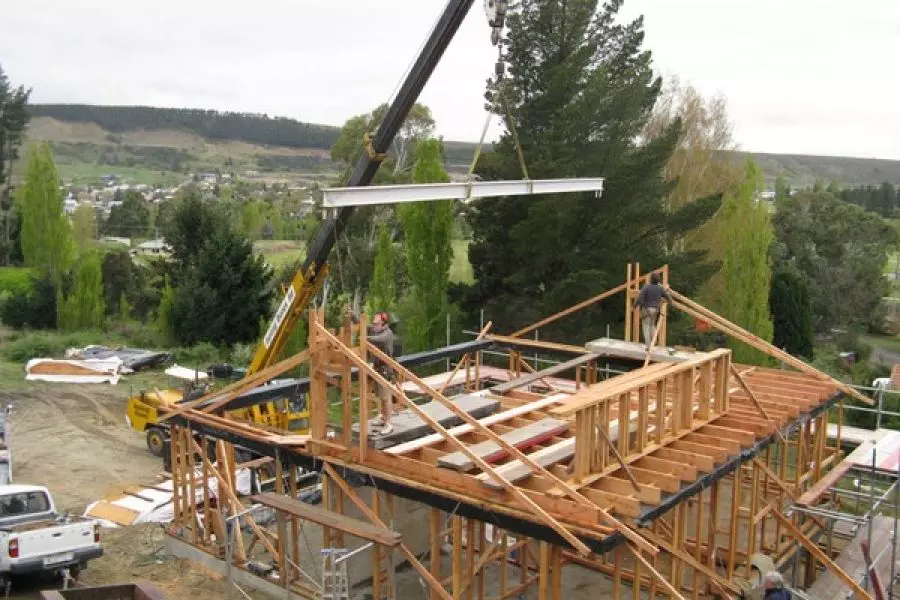News
Consents slump bad news

Tuesday 30th of May 2017
The latest Statistics New Zealand consents data shows that, once seasonally adjusted, the number of new dwellings consents fell by 7.6% in April, as compared to March.
Overall, there was a total of 2,106 new dwellings consented in April 2017, which is an 11% decline on the 2,361 consents issued in April 2016.
Statistics New Zealand business indicators senior manager Neil Kelly s...
Want to read the full article?
Click the button below to subscribe and will have unlimited access to full article and all other articles on the site.






![[The Wrap] Bye Bye Bayly](https://goodreturns.publit.io/file/c_fill,w_900,h_600/39f23ac1-f7c7-4854-b700-a150004ebbac.webp)


